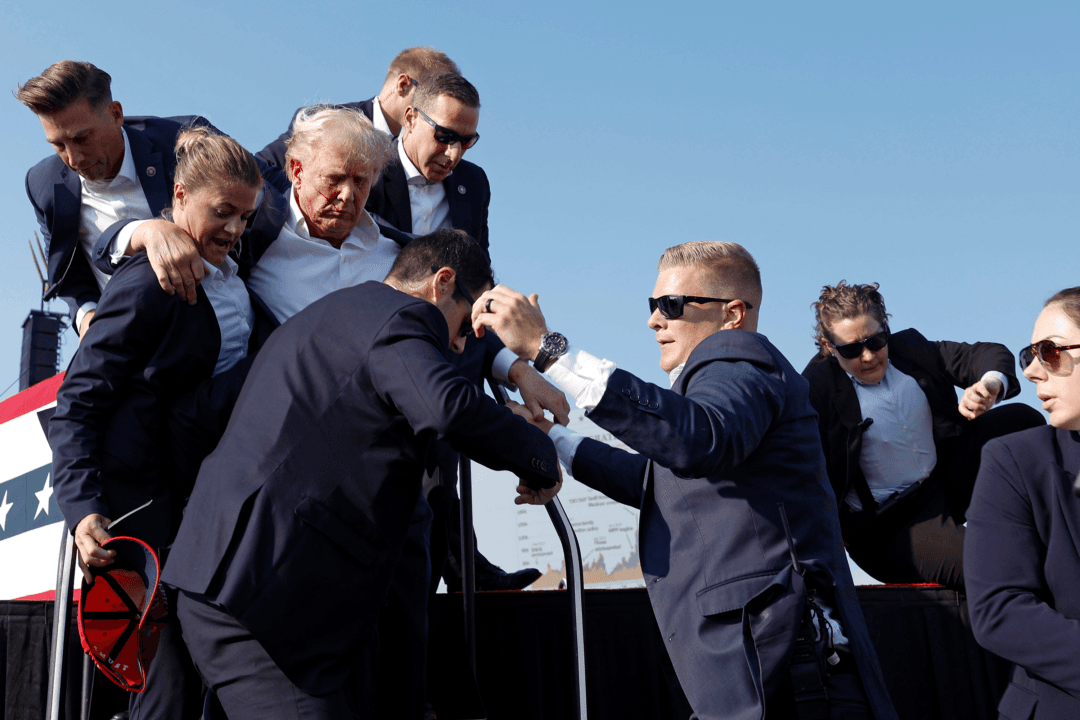The Flight 93 National Memorial near Shanksville, Pennsylvania, was once a coal strip mine.
On neighboring land, Camp Allegheny’s then-Executive Director Duane Slade recalls the mine used many charges of dynamite at once, creating loud booms as they crumbled the earth. But it was nothing compared to what he heard on Sept. 11, 2001, when Flight 93 crashed there.





